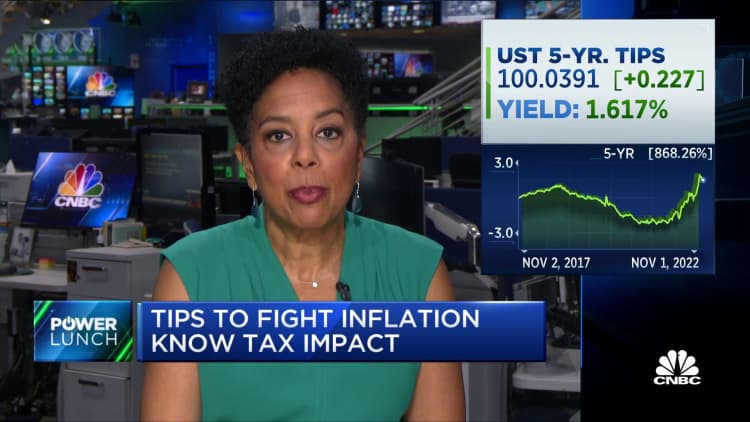As the year-end approaches, you may be looking for ways to lower your 2022 tax bill — and certain tax-saving moves have rules you must follow in order to qualify.
One option, adding money to your pretax individual retirement account, may be attractive if you make too much for Roth IRA deposits, and want to lower your adjusted gross income.
For 2022, you can save up to $6,000 or $7,000 if you're 50 or older, as long as you've made at least that much from a job or self-employment.
More from Personal Finance:
Layoffs are picking up. 3 steps to take if you've lost your job
Free returns may be over as retailers introduce stricter policies
Fidelity, ForUsAll now offering 401(k) investors access to cryptocurrency
While you can still contribute to your IRA until April 18, 2023, the tax filing deadline for 2022, there are strict guidelines for qualifying for a deduction.
"Anyone can contribute to a traditional IRA — you, me, Jeff Bezos," said certified financial planner Howard Pressman, partner at Egan, Berger & Weiner in Vienna, Virginia.
But the ability to write off IRA contributions depends on two factors: participation in workplace retirement plans and income, he said.

An investor and their spouse may be "in the clear" to write off their entire IRA contributions if both spouses aren't participating in an employer's retirement plan.
However, the rules change if either partner has coverage and participates in the plan, including deposits from the employee or company.
For example, participation may include employee contributions, company matches, profit-sharing or other employer deposits.
Income limits for employees with a workplace plan
For 2022, single investors using a workplace retirement plan may claim a tax break for their entire IRA contribution if their modified adjusted gross income is $68,000 or less.
While there's still a partial deduction before they reach $78,000, the benefit disappears once they meet that threshold.
Married couples filing together may receive the full benefit with $109,000 or less in income, and their partial tax break is still available before reaching $129,000.
There's an IRS chart covering each of these limits for 2022 here.
Spouses who don't work outside of the home may also contribute based on the income of the earning spouse, in what's known as a spousal IRA, Pressman added.
"This also has income limitations, but they are higher than those for workers covered by a plan," he said.
Other tax breaks for retirement savings
Although some investors won't qualify for IRA contribution deductions, there are other options to consider.
Nondeductible IRA contributions are a popular choice because some investors convert the after-tax deposit to a Roth IRA, known as a Roth conversion, which bypasses the income limits.
Other options may include maxing out a workplace retirement plan, including catch-up contributions for those who are age 50 and older, Pressman suggests.
After that, you may consider investing in low-turnover index mutual funds in a regular brokerage account.
"This account will not be subject to retirement rules, limiting your access to the funds, and when you take distributions your growth will be taxed at more favorable capital gains tax rates rather than higher ordinary income rates of IRAs," he added.
"While you will need to pay taxes on capital gains and dividends each year, using index funds with low turnover should keep these taxes to a minimum," Pressman said.


